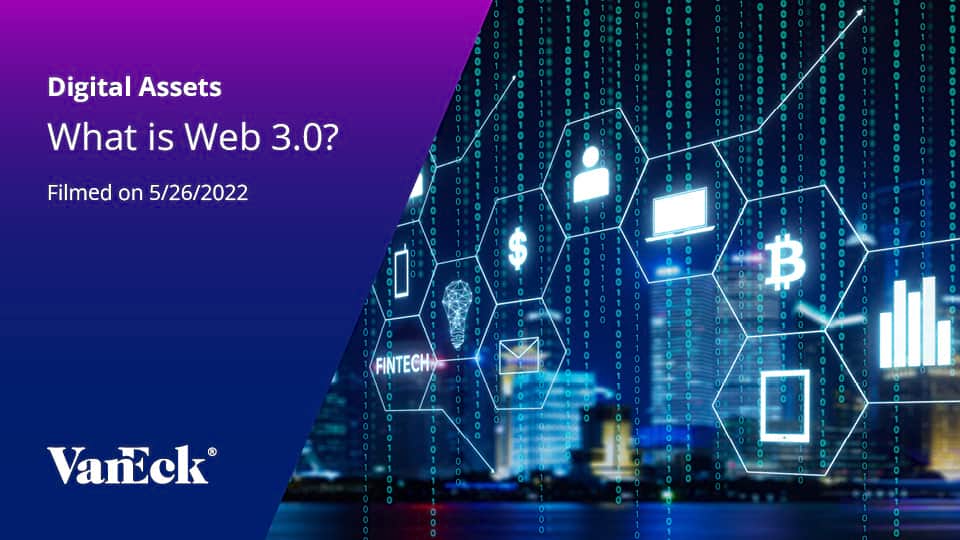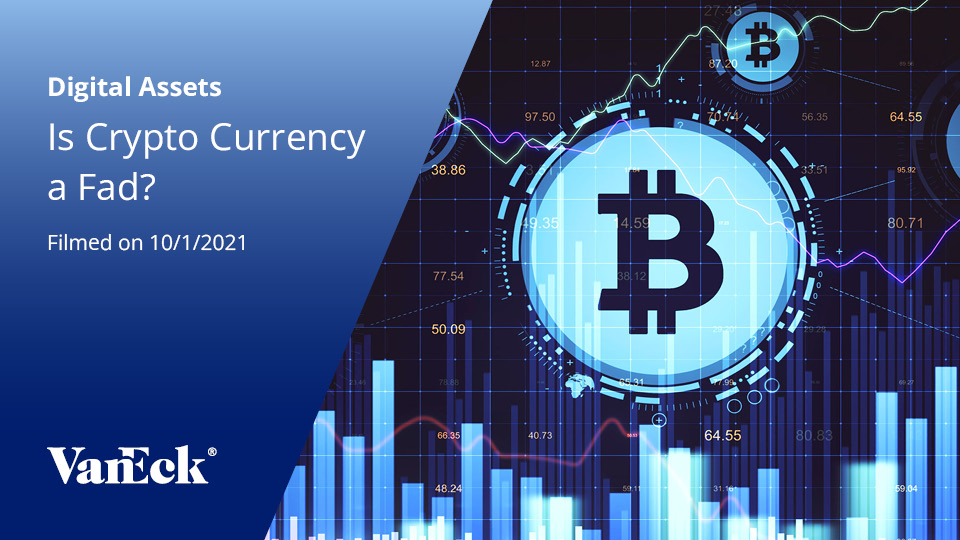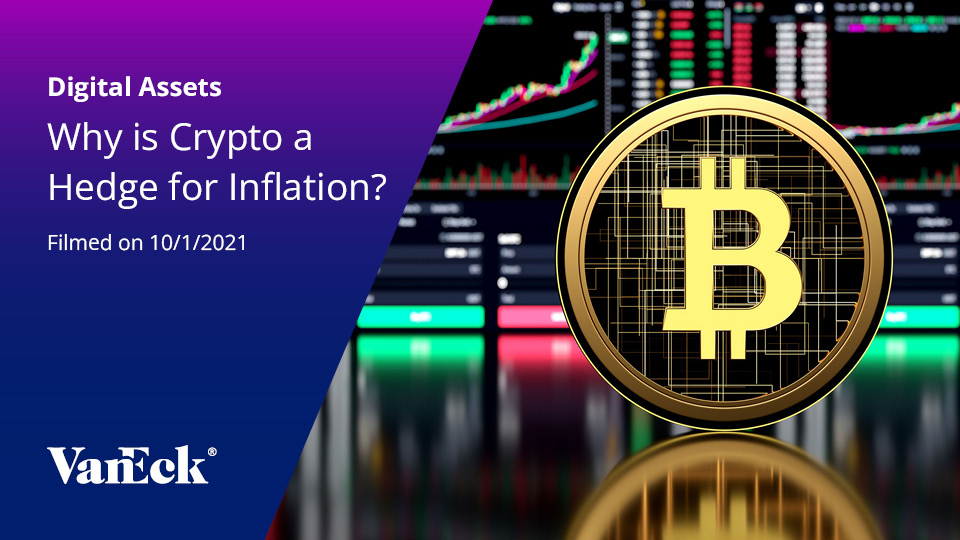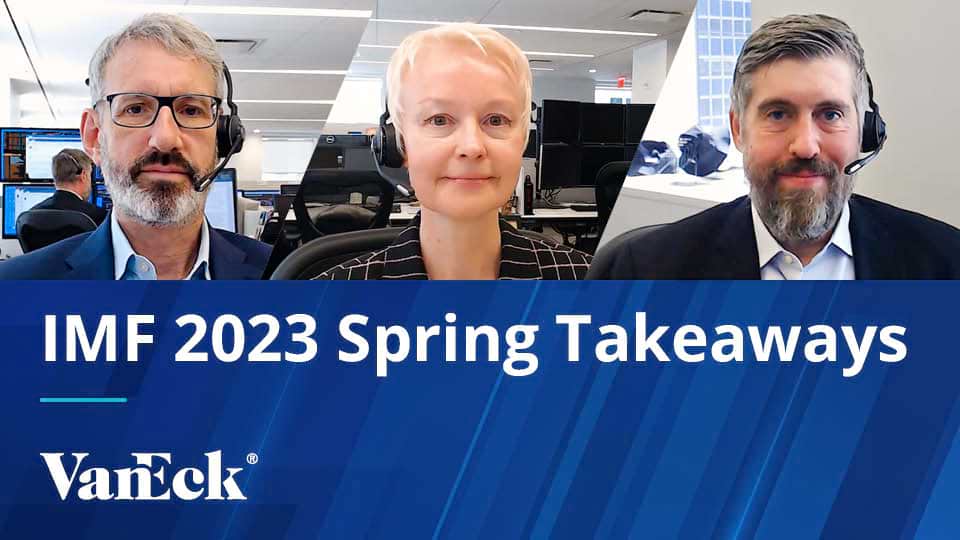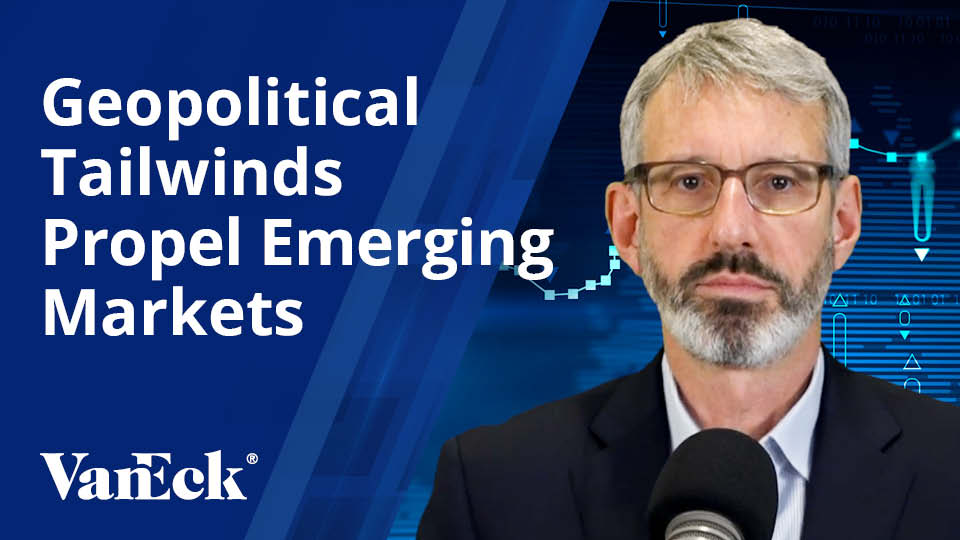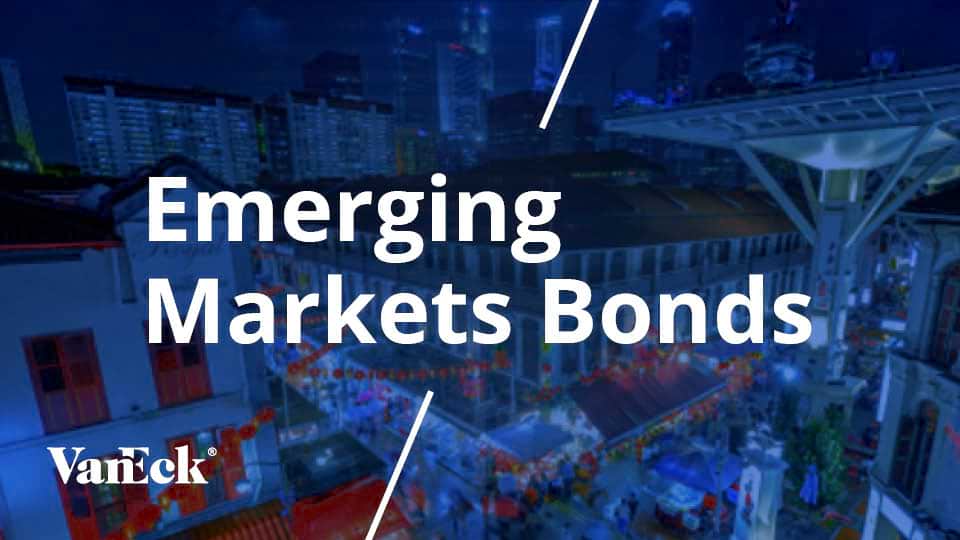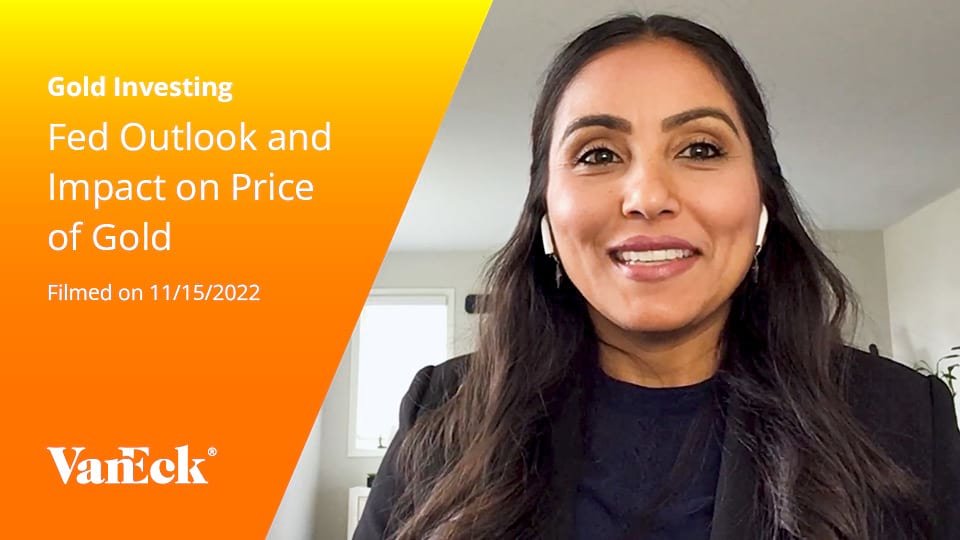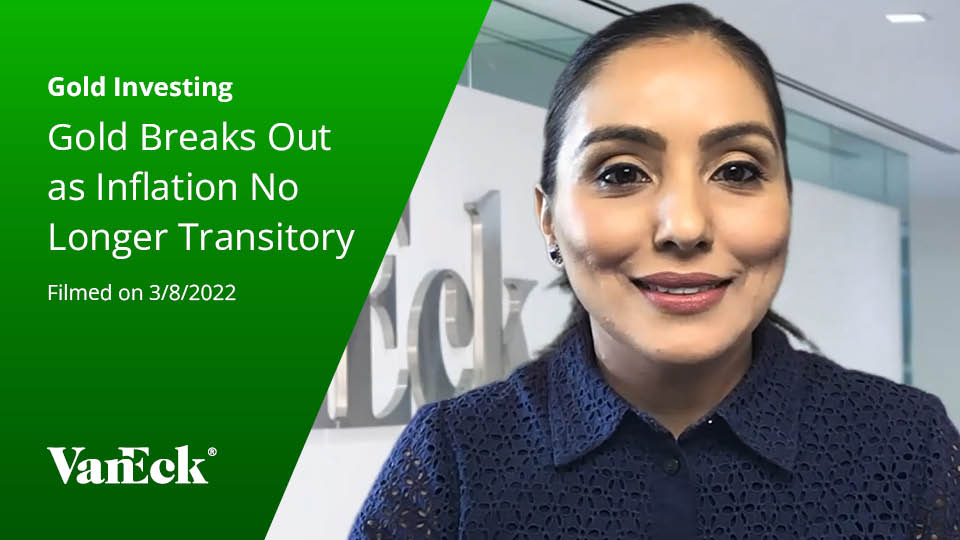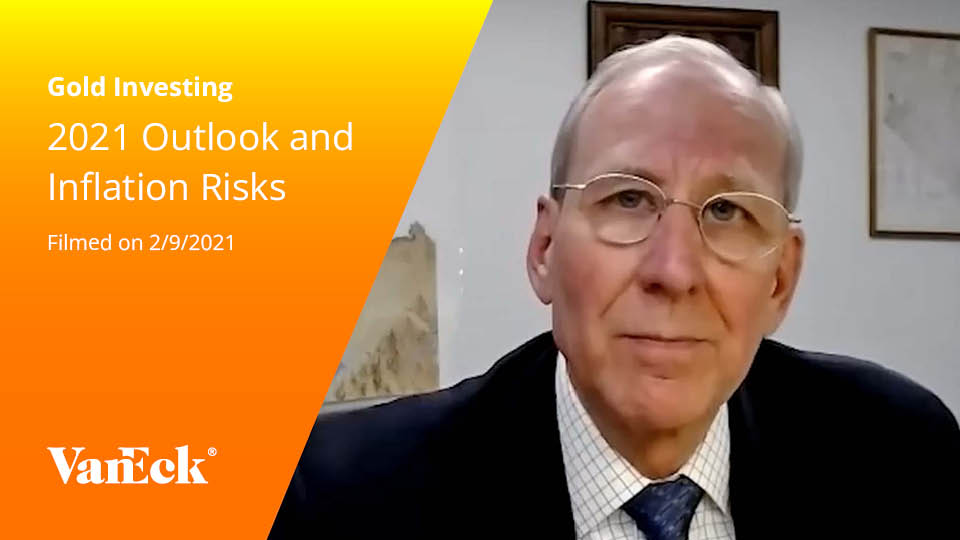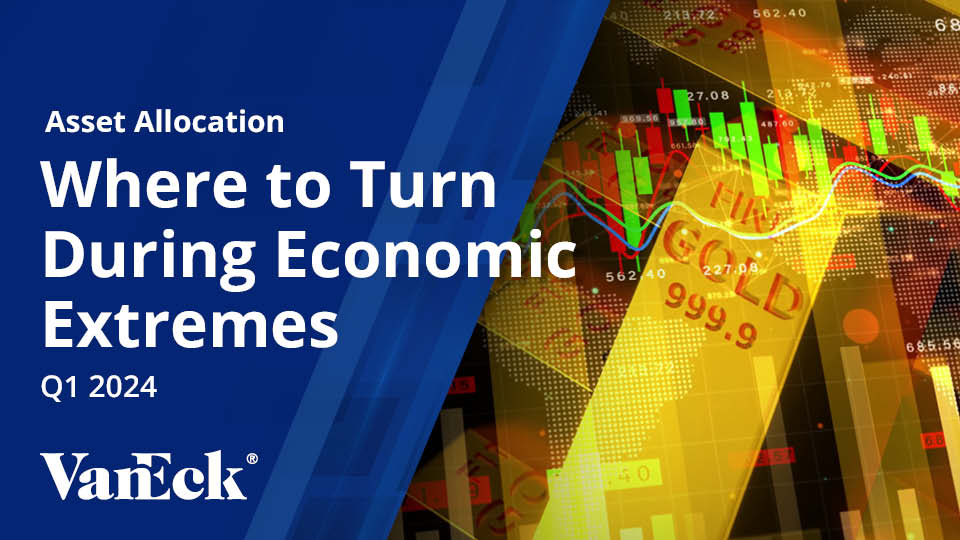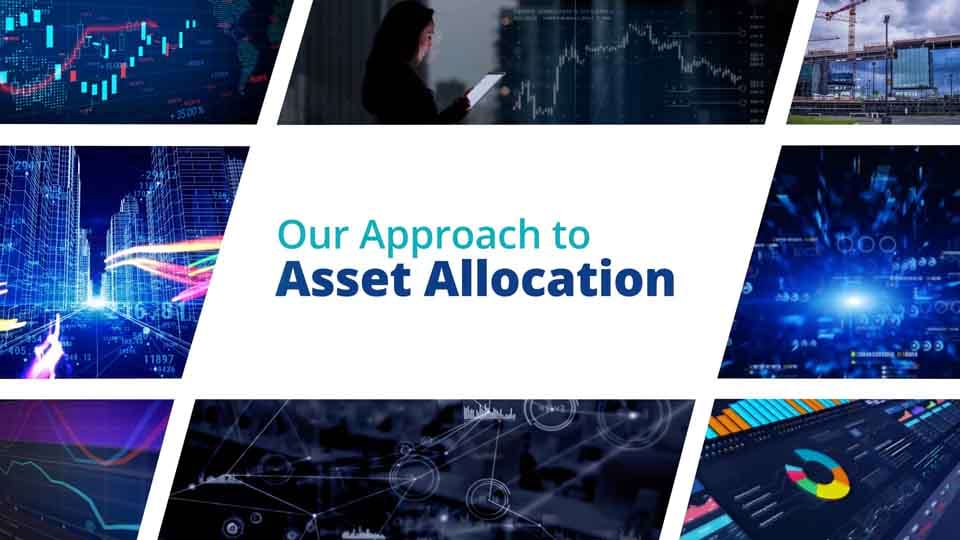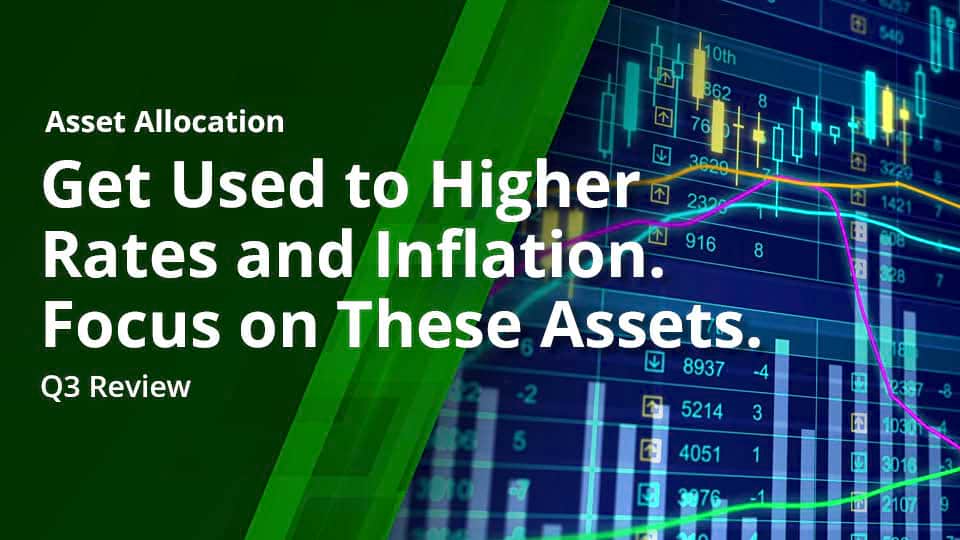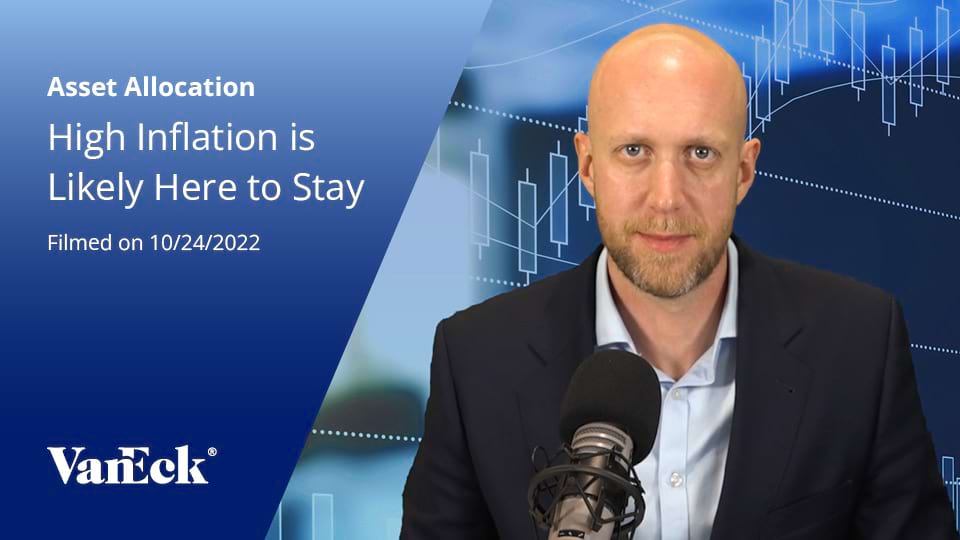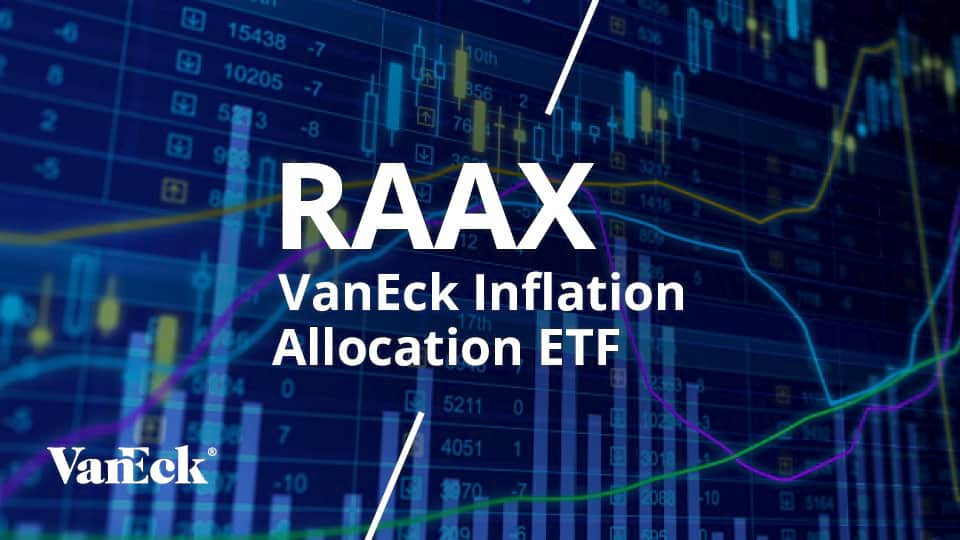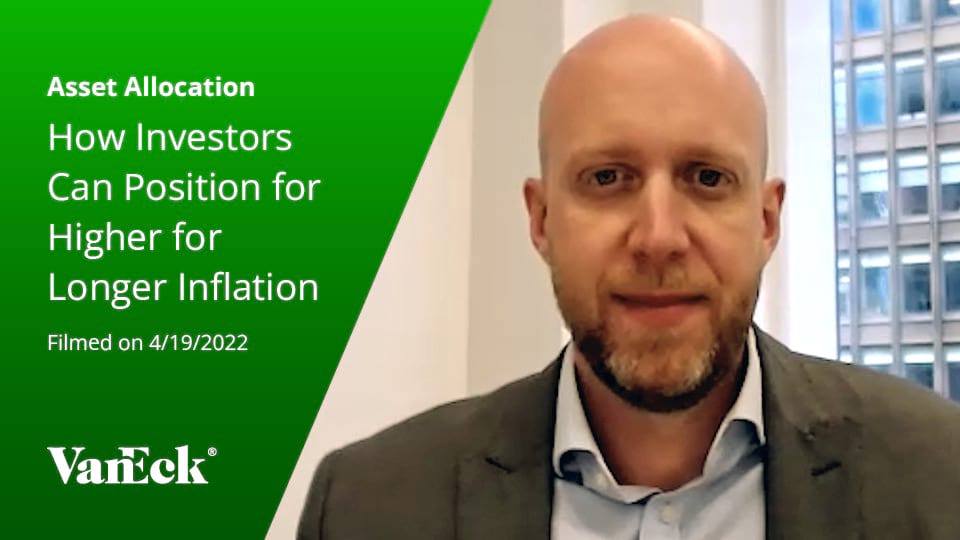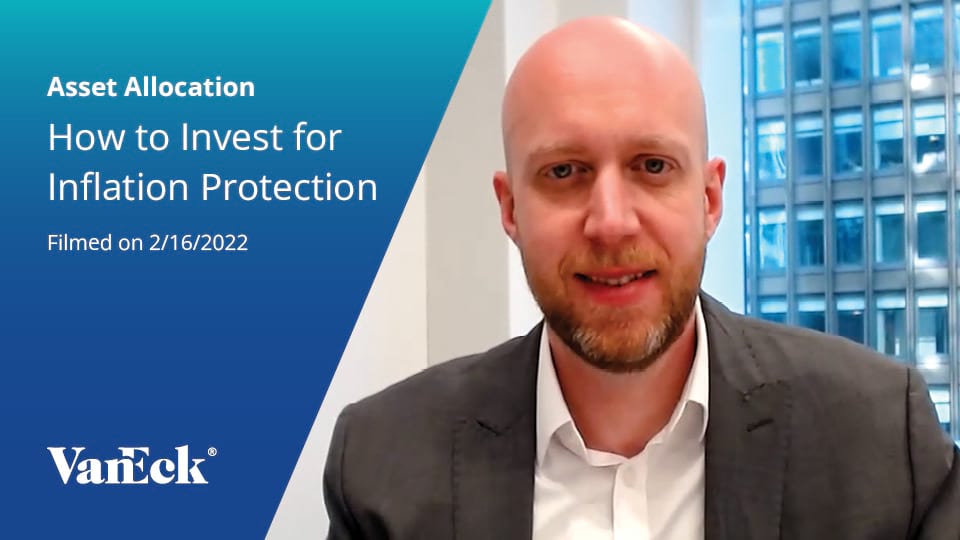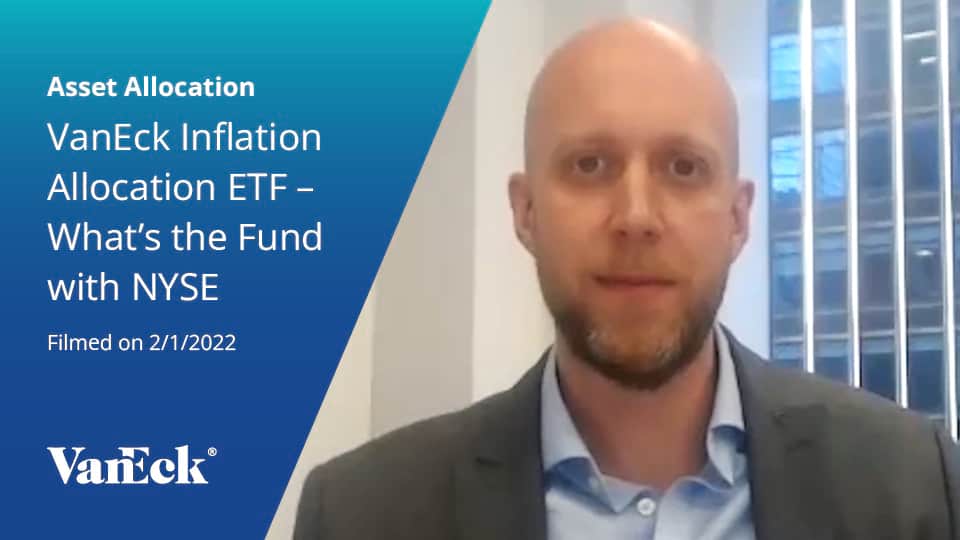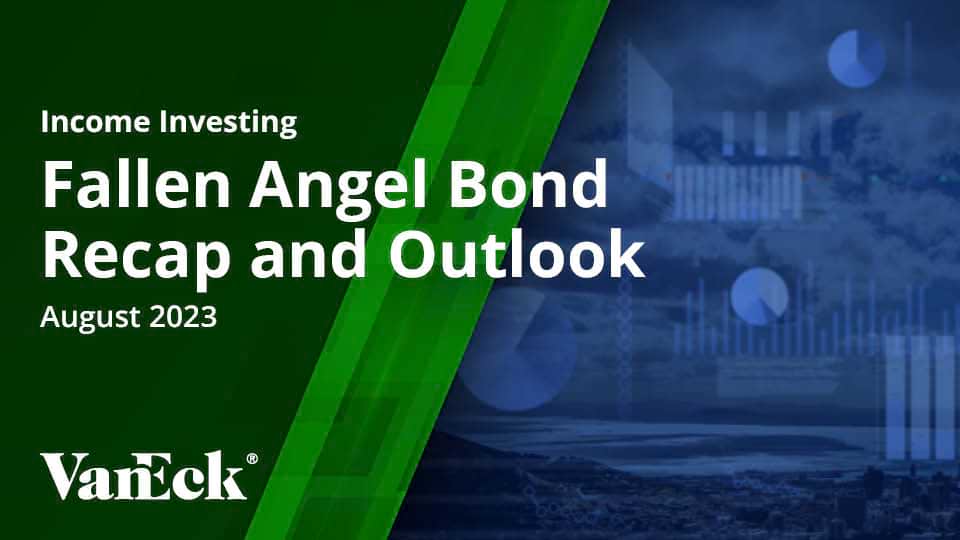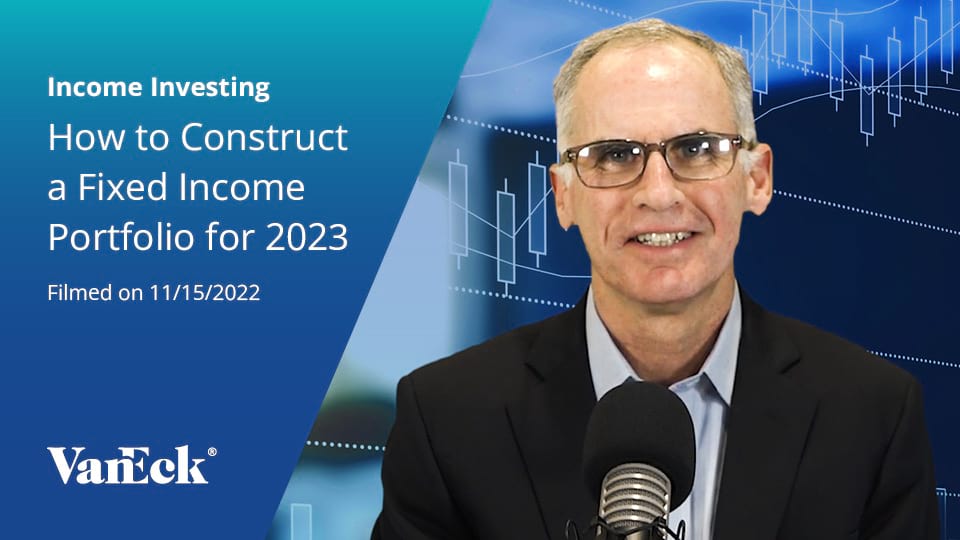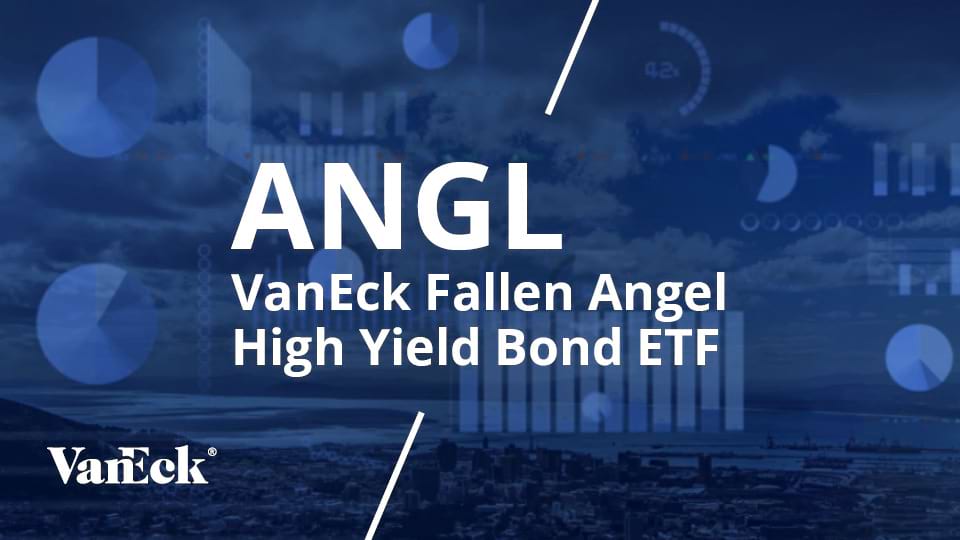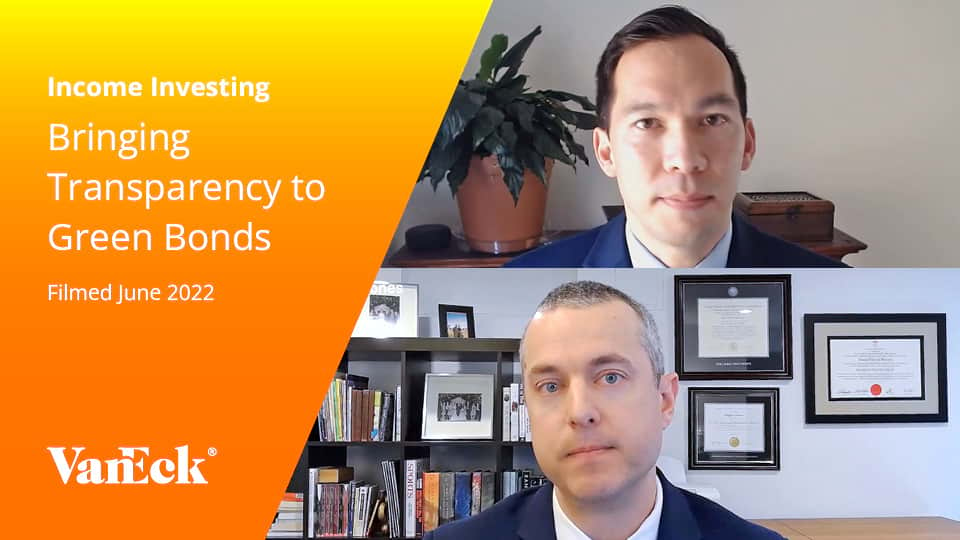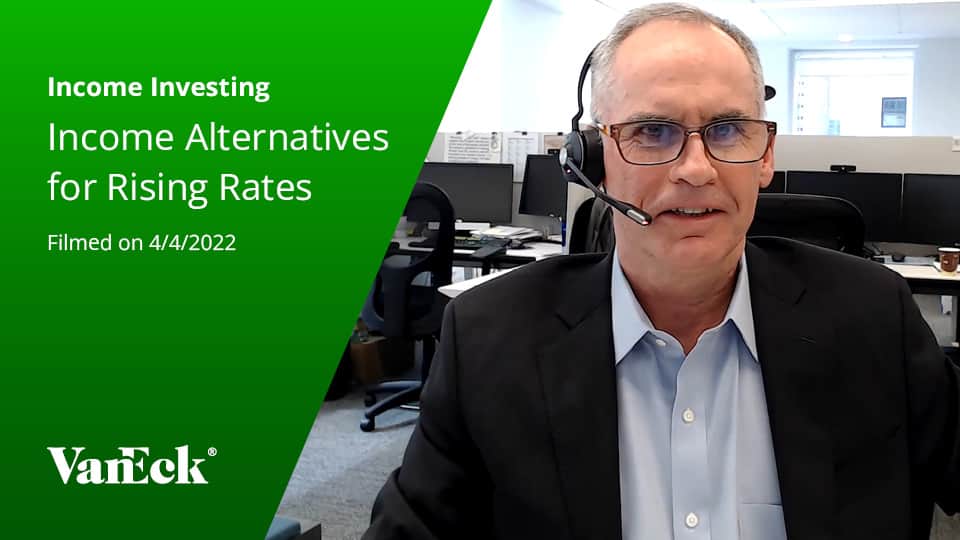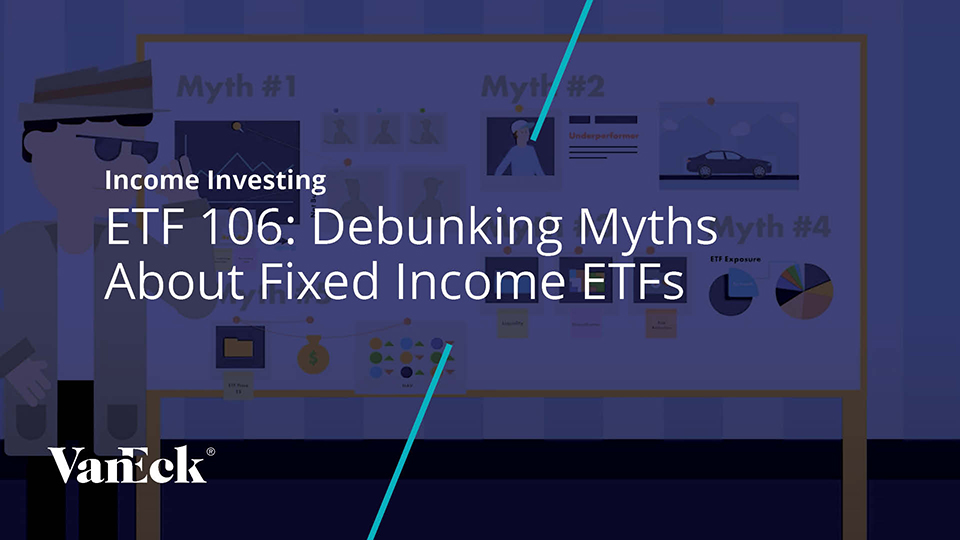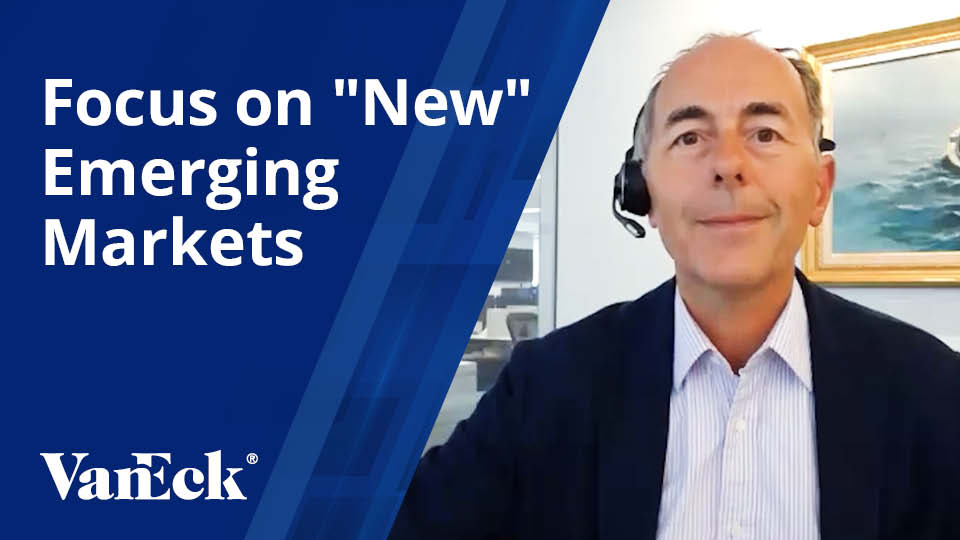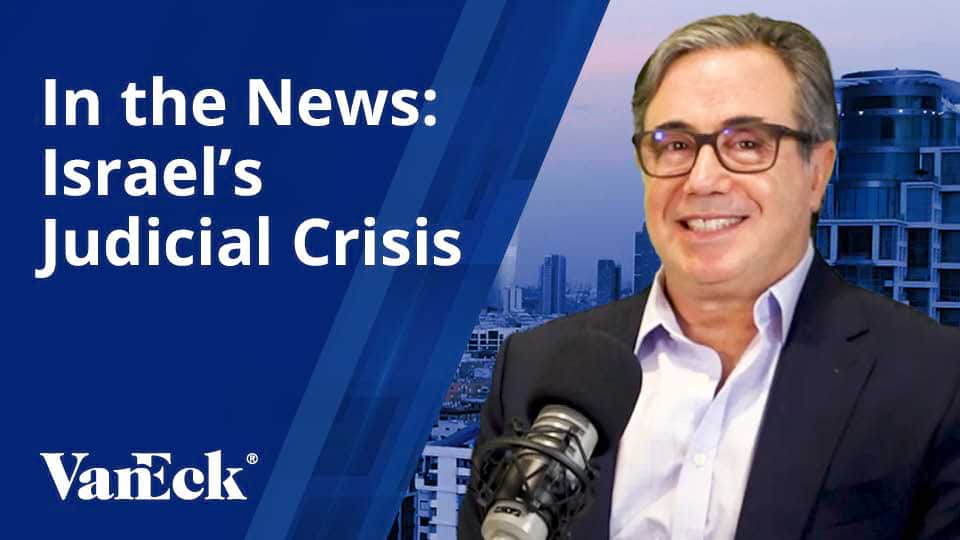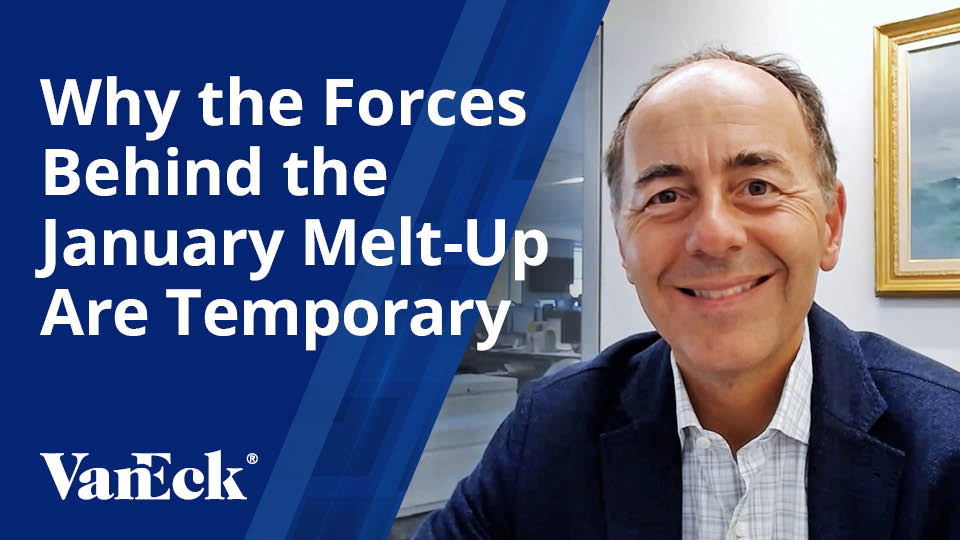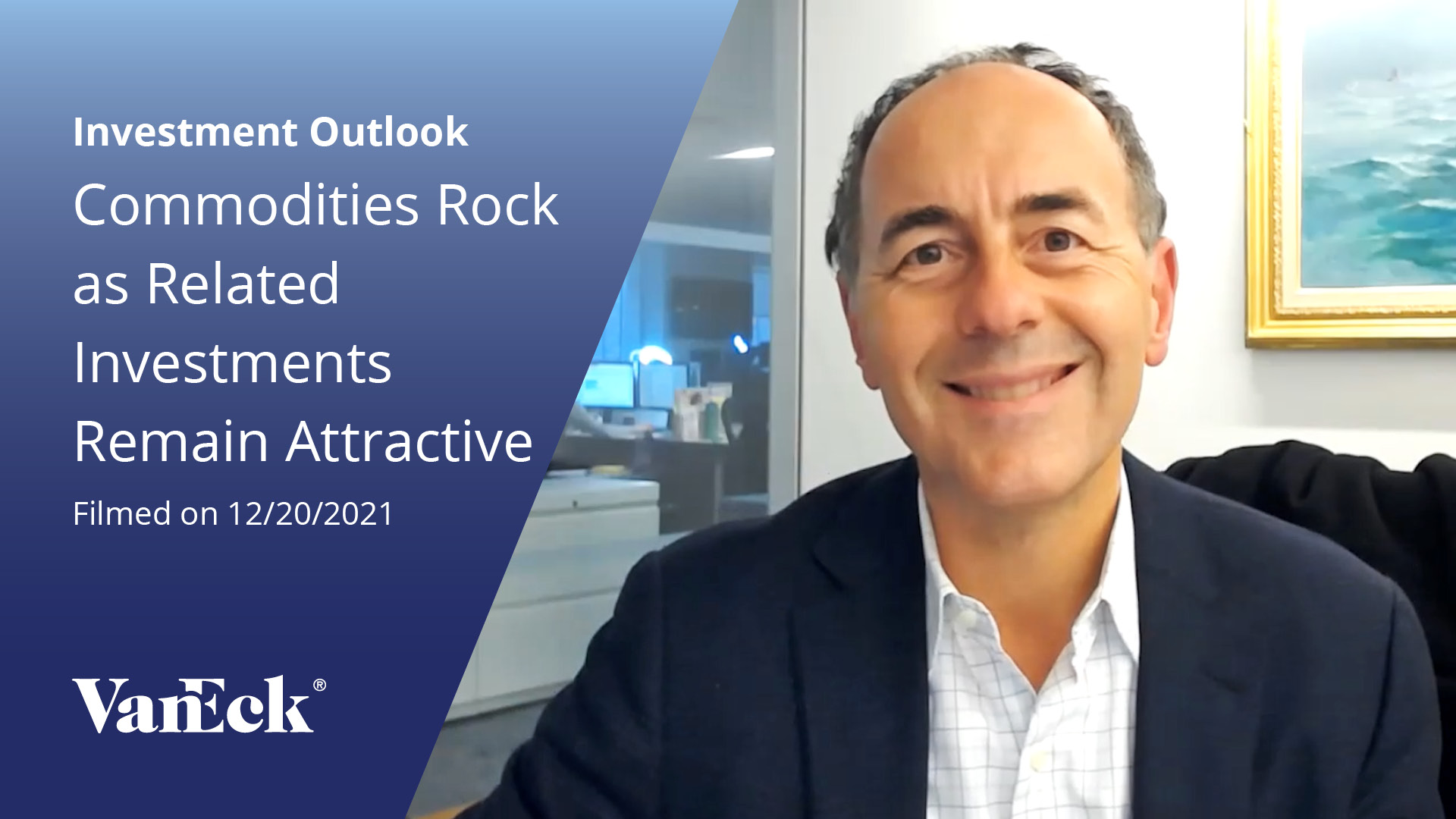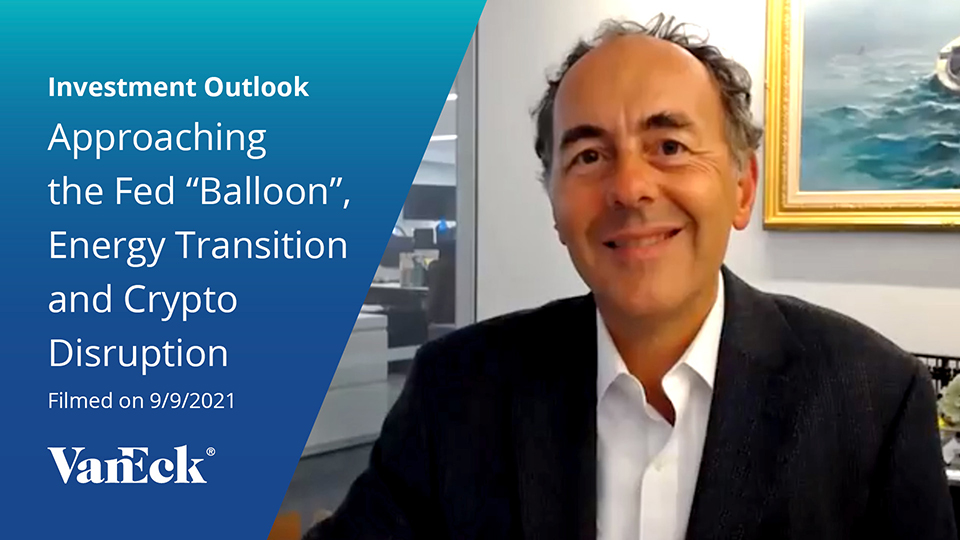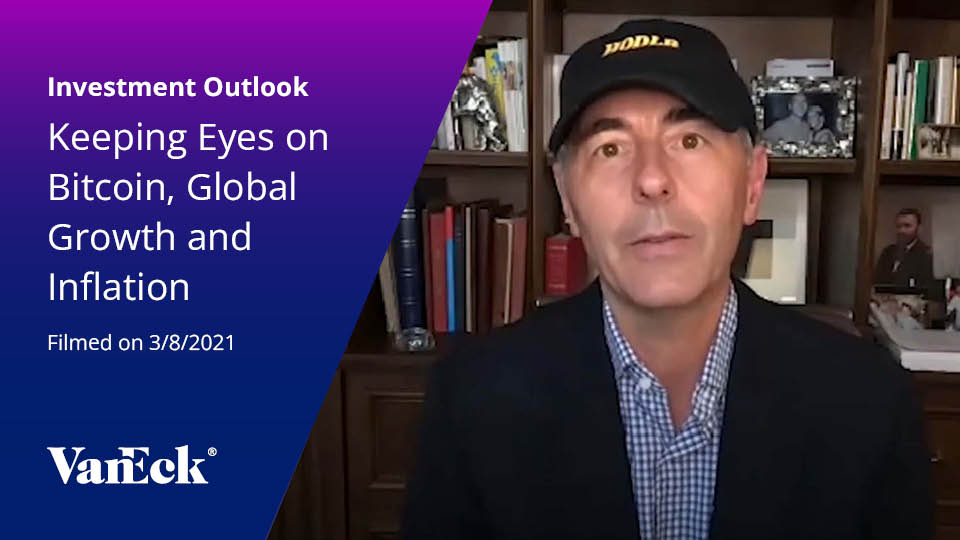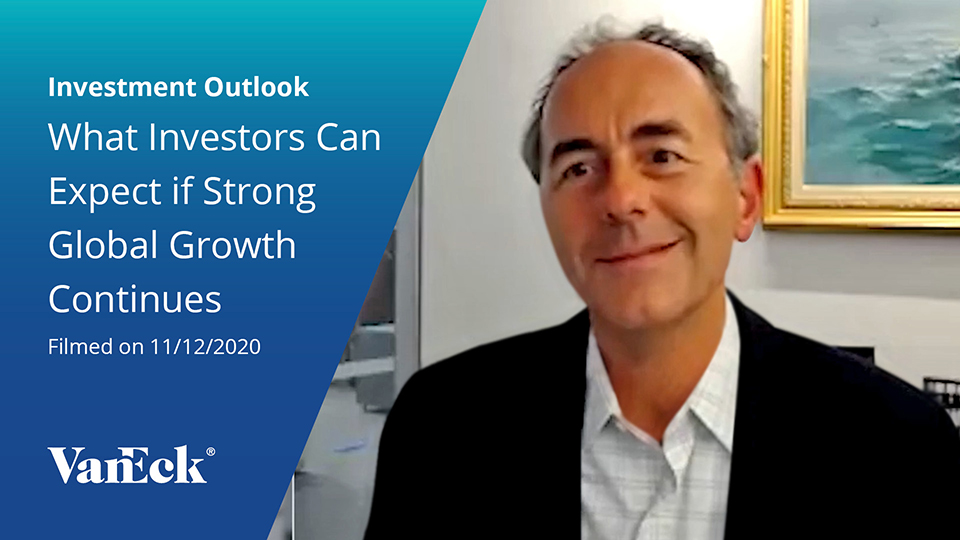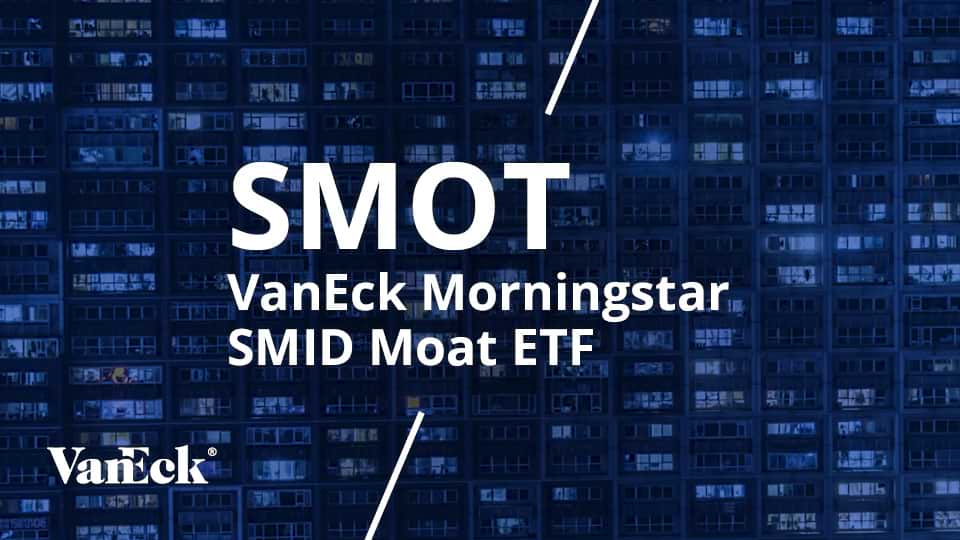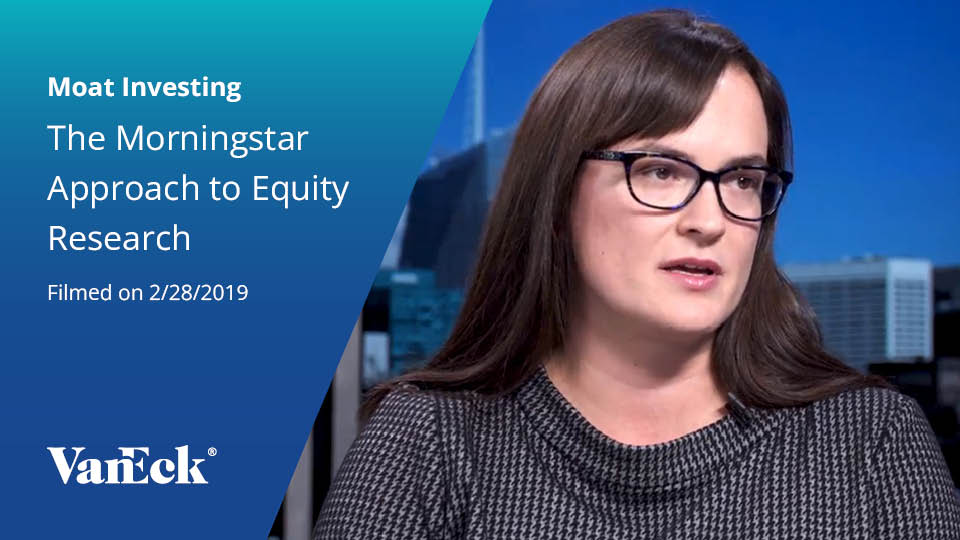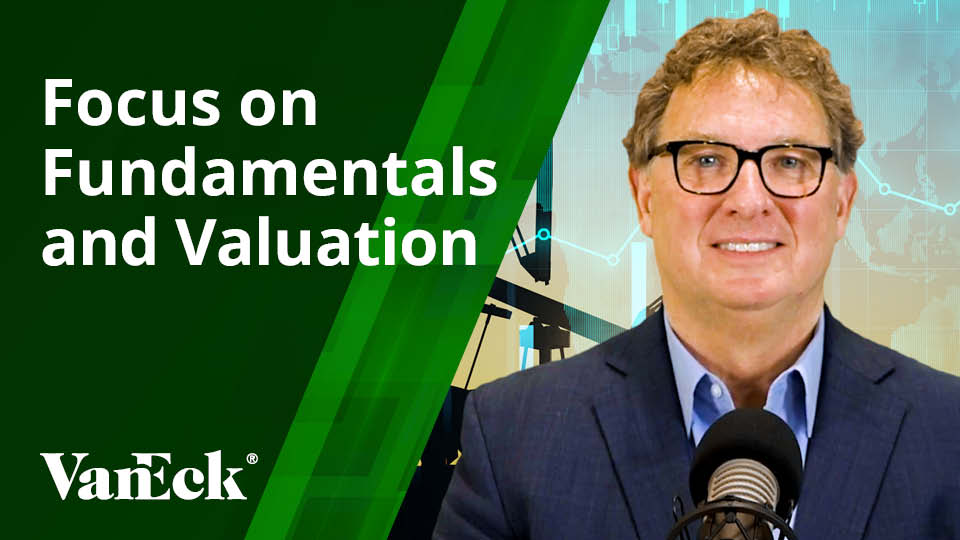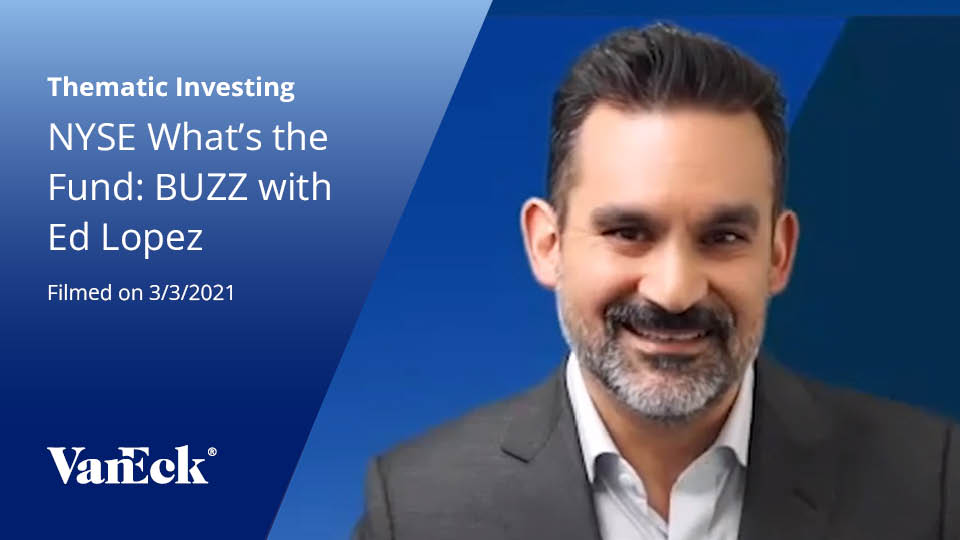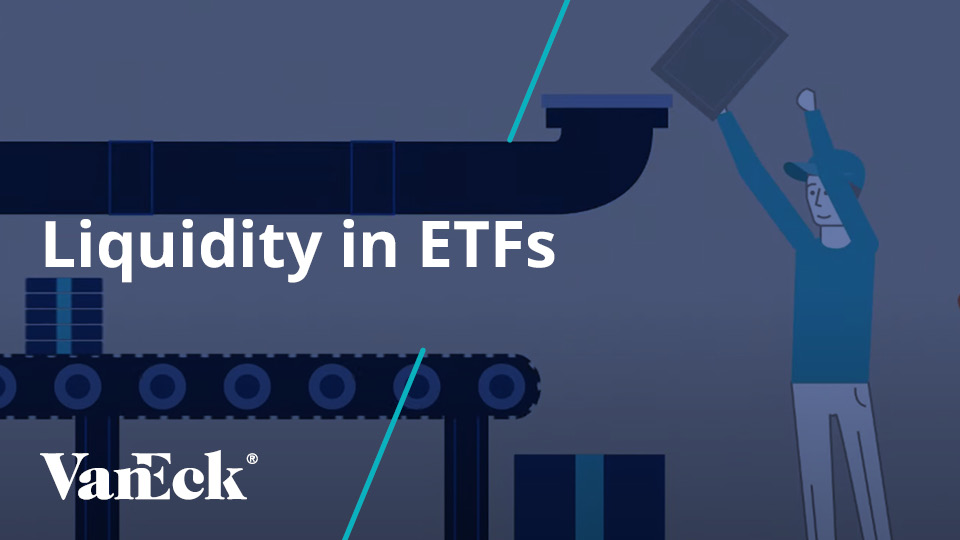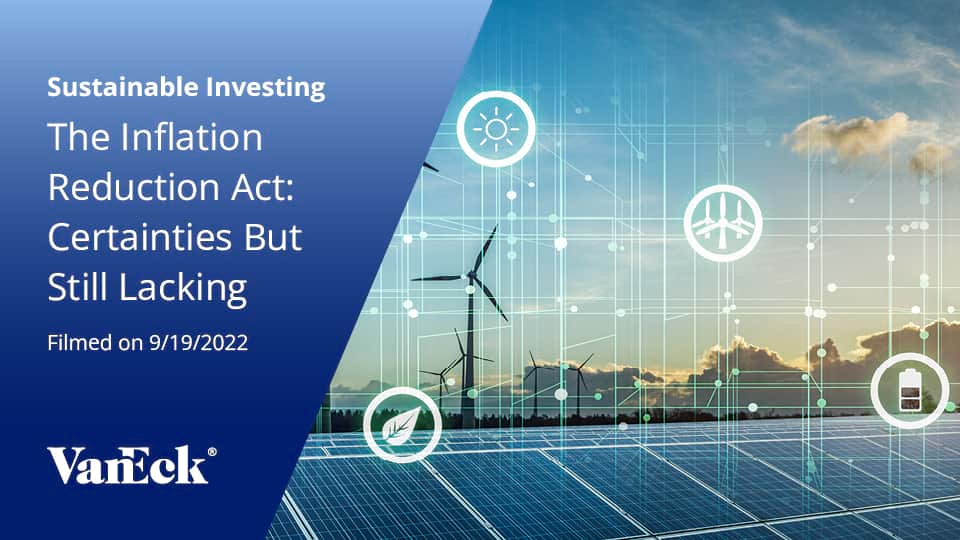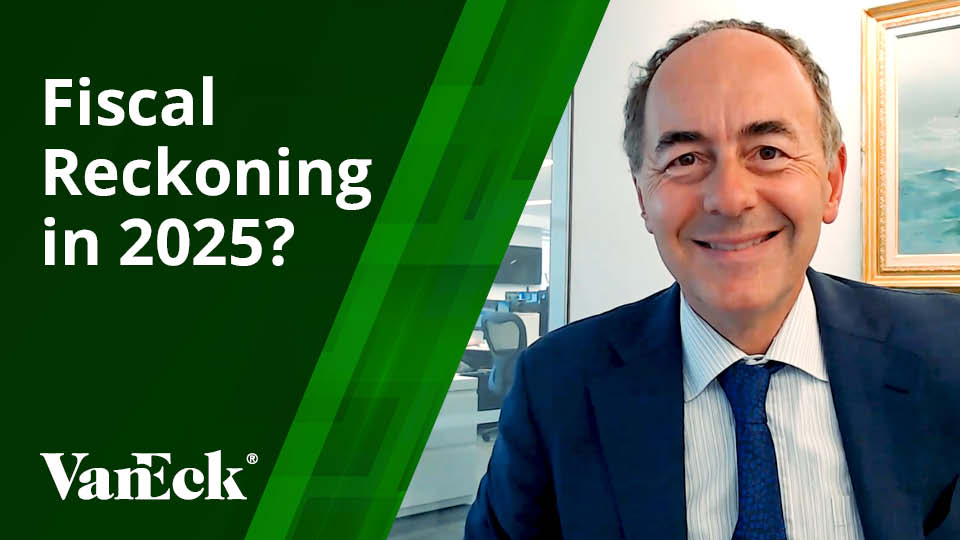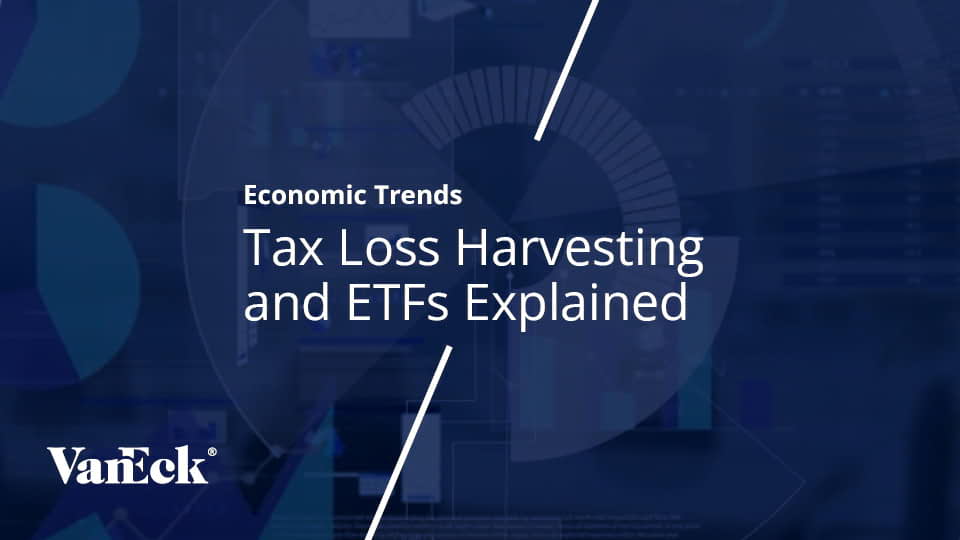Videos

The global economy is now back on a growth trajectory, but there is a potential fiscal crisis to watch for in 2025. Jan van Eck shares where he thinks investors should be allocated. Learn More.
Notes:
- 00:00 Intro and Key Insights
- 01:20 Global Growth Picking Up
- 02:15 China Back in Expansion Mode
- 04:30 US Debt-to-GDP on Track for New Highs?
- 07:05 US Treasury Credit Default Swaps Show Elevated Deficit Concerns
- 08:05 Rethink your allocations
Hello, this is Jan van Eck with our Q2 2024 Outlook. In the next couple of minutes, I'm going to expound on two basic insights that came out of Q1.
Number one is the world economy is now on a growth trajectory after being stagnant for the last couple of years. We focus on the U.S. economy and of course it's been booming, but the global economy now is in growth mode as well. And that means that you should have a healthy commodities allocation if you do that in your portfolio. Point number one.
Point number two is there is a potential fiscal crisis happening in 2025. And because the investors around the world are worried about US government spending, gold and, to a certain extent, bitcoin as well are important hedges to have in your portfolio in that 10-20% likelihood that there is a fiscal crisis in 2025. In the rest of this brief video, I hope to expand on those two points.
Global Growth Picking Up
So let's look a little bit at what is causing a couple of different things to move. First of all, in the world economy a big change in global growth.
And if you look at this chart of global PMIs over the last three years, so I like PMIs, Purchasing Managers’ Index, as the best indicator of economic growth on a global basis, and if the number is over 50, we're in expansion. So first of all, in Q1 we first regained 50 after not being there for a year or so. So the world is now in economic expansion.
Number two you can see there's a nice upward trajectory for that growth. So that's what's been driving commodity prices higher – copper, oil, and other things.
Yes, they're affected by the Mideast and geopolitical tensions, but I think this is the underlying force that people need to focus on.
China Back in Expansion Mode
Of course, one of the biggest drivers of global growth over the last couple of decades is China.
And here as well, I think the PMI is the best statistic to look at in China. So there are two lines here.
The economy in China and the US is composed of two parts. Number one is services and number two is manufacturing. Services is smaller in China. Manufacturing is more important than it is in the United States. So services, the dark blue line, has always tended to be an expansion zone because that services sector in China is catching up. And that's a multi-decade trend.
So I like to look at the manufacturing line of PMI in China to indicate is China in an expansion mode on a cyclical basis—meaning short term economic cycles—rather than this big trend of services growing? And you'll see that lighter blue line does drop below 50 from time to time. Well, it was partially because of the property markets, but also for a variety of other reasons below 50, which was a little bit surprising because China only kind of came out of COVID and opened up to the world about a year ago. And a lot of those travel indicators are now normalized. And what you see is that China is in expansion mode.
So, big change happened in Q1, the global growth, which is one of the big three things that I look at from a macro indicator perspective is supportive of financial markets and commodity prices in particular. So this would argue that if you do allocate to commodities, this is a time to be allocated because probably this cycle will last for a longer period of time with growth being diversified more. And so now with India and Latin America and the Mideast being increasingly part of this picture, not just China. So that's number one.
US Debt-to-GDP on Track for New Highs?
Number two.
Gold hit all-time highs in the first quarter of this year. And so the question is, what is it signaling? I think that gold is signaling is, again, what I started with, which is 2025 is going to be a big fiscal problem for the United States.
Let's look at the charts that describe the fiscal problem in the U.S. First of all, as people well know, we are on an unsustainable path of very high debt to GDP ratios. So depending on your assumptions, we'll get you on the different color parts of this chart to relatively irrelevant where you think it is. It will be at all-time highs in American history at this level.
US Budget Deficit Never So Large During Economic Boom
More interesting is, that our deficit, as you can see in the red line here going back to the 1930s, is the highest it's ever been given that we have full employment. So 6.5 % budget deficit of GDP is an extremely high level. And I think future generations will look back, and I realize that this is not particularly new news, but the market impact is, but I think future generations will look back saying, what were we doing in 2023 and 2024, spending that much money and borrowing so much money when the economy was doing well?
So why do I think 2025 is the big year of indicators?
So in the United States, it's typically the year after a presidential election when major fiscal decisions are made. And there's two things forcing decision-making in 2025. Number one, the Trump corporate tax rates are rolling off in 2025. So those tax cuts will be either extended or they won't be,
Number two, Social Security is going bankrupt in 2033. And we are very close to that in sort of retirement plan funding years. The only other time if we don't fix that problem in 2025 would be 2029. That's the next presidential election cycle. And that's really too late. You can't fix a multi -decade problem in the span of just a couple of years. So that's why I say 2025 is going to be a big pressure year. So you have the big budget deficits, you have the Trump taxes, and then you have Social Security.
Are the markets starting to anticipate this fiscal crunch in 2025? I think so. First of all, you had gold hitting all-time highs in prices.
US Treasury Credit Default Swaps Show Elevated Deficit Concerns
There are also two other indicators that I like to look at that are not necessarily indicating crisis right now, but they're a little bit worrisome. And they are these two things.
Number one, credit default swaps, which is basically insurance on whether the United States will pay its bills, spiked up last year during the budget standoff and is staying at relatively elevated levels. Back here on the left-hand side of the chart is the global financial crisis in 2008, 2009. So after being low for a while, you can see the markets are pricing in some risk of a default on U.S. debt.
EM Local Currency Debt Outperforming Despite Strong USD
So that, all time gold prices, and then the other indicator that I look at is the bottom green line, which is, again, since 2020, this is local currency emerging market debt outperforming the dollar. And you can see, even though the price of the debt has gone up and down radically since 2022, but EM debt is being rerated against U.S. government debt, which is just another sign that the markets are concerned about this 2025 problem.
So what to do? I said before, global growth should make you rethink your commodity allocation and make sure that if you have it, it's in place. And I would say at your maximum allocation because of the inflection point that the economy hit in Q1. And then secondly, if I'm right that the market is starting to get worried about 2025, you want to have a gold allocation. I'll say Bitcoin as well, depending on your investor preferences. But those two assets are the ones that will perform well. Again, maybe it's only a 10 or 20% chance that we hit a crisis in 2025. And if you think about, what scenario will they not be in a crisis? Well, the markets could force the politicians to reach some kind of deal. And while government spending could go down, it could be that the Fed then uses that as a reason to cut interest rates and expand monetary policy as an offset to fiscal policy. So, big picture, we're spending too much money. I think it also explains why the economy is stronger than people have expected, why inflation is higher than people have expected. And those two scenarios are now takeaways for your portfolio.
Thanks very much. Good luck for Q2 and beyond investing.
IMPORTANT DISCLOSURE
Purchasing Managers’ Index (PMI) is a measure of the prevailing direction of economic trends in manufacturing based on a monthly survey of supply chain managers across 19 industries, covering both upstream and downstream activity. The value and movements in the PMI and its components can provide useful insight to business decision makers, market analysts, and investors, and is a leading indicator of overall economic activity in the U.S.
Please note that VanEck may offer investment products that invest in the asset class(es) or industries included herein.
This is not an offer to buy or sell, or a recommendation to buy or sell any of the securities, financial instruments or digital assets mentioned herein. The information presented does not involve the rendering of personalized investment, financial, legal, tax advice, or any call to action. Certain statements contained herein may constitute projections, forecasts and other forward-looking statements, which do not reflect actual results, are for illustrative purposes only, are valid as of the date of this communication, and are subject to change without notice. Actual future performance of any assets or industries mentioned is unknown. Information provided by third party sources are believed to be reliable and have not been independently verified for accuracy or completeness and cannot be guaranteed. VanEck does not guarantee the accuracy of third party data. The information herein represents the opinion of the author(s), but not necessarily those of VanEck or its other employees.
Emerging Market securities are subject to greater risks than U.S. domestic investments. These additional risks may include exchange rate fluctuations and exchange controls; less publicly available information; more volatile or less liquid securities markets; and the possibility of arbitrary action by foreign governments, or political, economic or social instability.
Global resource investments are subject to risks associated with real estate, precious metals, natural resources and commodities and events related to these industries, foreign investments, illiquidity, credit, interest rate fluctuations, inflation, leverage, and non-diversification.
Gold investments are subject to the risks associated with concentrating its assets in the gold industry, which can be significantly affected by international economic, monetary and political developments. Investments in gold may decline in value due to developments specific to the gold industry. Foreign gold security investments involve risks related to adverse political and economic developments unique to a country or a region, currency fluctuations or controls, and the possibility of arbitrary action by foreign governments, or political, economic or social instability. Gold investments are subject to risks associated with investments in U.S. and non-U.S. issuers, commodities and commodity-linked derivatives, commodities and commodity-linked derivatives tax, gold-mining industry, derivatives, emerging market securities, foreign currency transactions, foreign securities, other investment companies, management, market, non-diversification, operational, regulatory, small- and medium-capitalization companies and subsidiary risks.
Investments in digital assets and Web3 companies are highly speculative and involve a high degree of risk. These risks include, but are not limited to: the technology is new and many of its uses may be untested; intense competition; slow adoption rates and the potential for product obsolescence; volatility and limited liquidity, including but not limited to, inability to liquidate a position; loss or destruction of key(s) to access accounts or the blockchain; reliance on digital wallets; reliance on unregulated markets and exchanges; reliance on the internet; cybersecurity risks; and the lack of regulation and the potential for new laws and regulation that may be difficult to predict. Moreover, the extent to which Web3 companies or digital assets utilize blockchain technology may vary, and it is possible that even widespread adoption of blockchain technology may not result in a material increase in the value of such companies or digital assets.
Digital asset prices are highly volatile, and the value of digital assets, and the companies that invest in them, can rise or fall dramatically and quickly. If their value goes down, there’s no guarantee that it will rise again. As a result, there is a significant risk of loss of your entire principal investment.
Digital assets are not generally backed or supported by any government or central bank and are not covered by FDIC or SIPC insurance. Accounts at digital asset custodians and exchanges are not protected by SPIC and are not FDIC insured. Furthermore, markets and exchanges for digital assets are not regulated with the same controls or customer protections available in traditional equity, option, futures, or foreign exchange investing.
Digital assets include, but are not limited to, cryptocurrencies, tokens, NFTs, assets stored or created using blockchain technology, and other Web3 products.
All investing is subject to risk, including the possible loss of the money you invest. As with any investment strategy, there is no guarantee that investment objectives will be met and investors may lose money. Diversification does not ensure a profit or protect against a loss in a declining market. Past performance is no guarantee of futureperformance.
No part of this material may be reproduced in any form, or referred to in any other publication, without express written permission of Van Eck Securities Corporation.
© 2024 Van Eck Securities Corporation, Distributor, a wholly owned subsidiary of Van Eck Associates Corporation.
666 Third Avenue, New York, NY 10017





